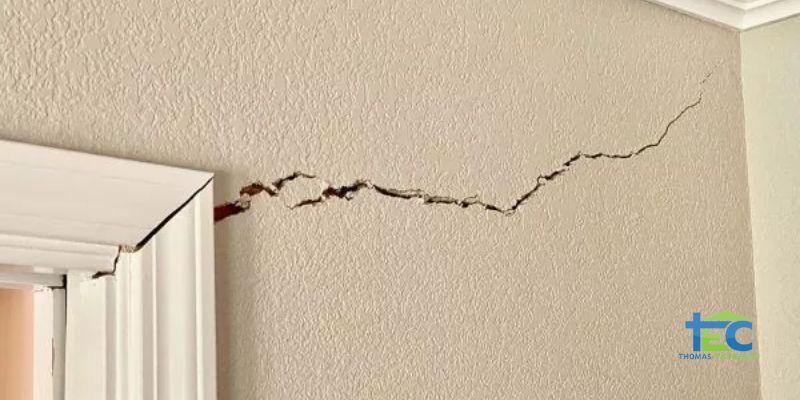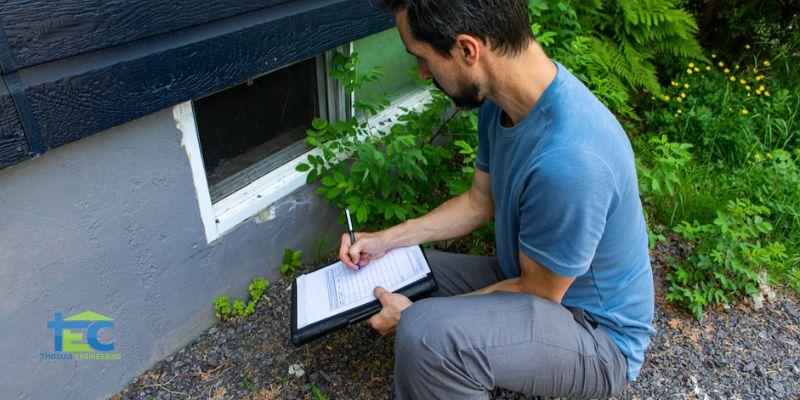
Your home’s foundation can be beset by numerous types of problems, and it’s a good thing that there are several ways to improve a foundation. Sometimes, though, foundation specialists may offer several different solutions to a particular type of problem. And as the homeowner, it’s your responsibility to find out about various foundation repair methods so that you are aware of the advantages and disadvantages.
Dallas Fort Worth Foundation Repair Methods
Deep repairs
When fixing the home, a lot of attention is focused on deeper repairs so much so that when discussing foundation repair methods these are often the only methods discussed. These methods are designed to lift concentrated loads, and it involves bypassing unstable soil by putting the weight of the home into a different layer of ground.
There are basically four deep foundation repair methods most often used for homes in the Dallas area (and in Texas in general)
- The bell bottom pier method. This standard method uses poured concrete reinforced with steel rebar to hold up a home. Many experts believe it to be quite safe and beneficial, although homeowners will have to wait two whole weeks for the concrete to dry so that it can work properly.
- Pressed piling method. With this popular method, precast concrete cylinders are installed and the weight of the house is used to drive it in. Unlike the first method, there’s no need to wait for the concrete to cure, and the total repair time is comparatively brief.
However, the list of disadvantages is somewhat lengthy—so much so that these disadvantages are the subject of an entire article on its own. Because of the many drawbacks, some effort to modify this method have been attempted (such as by inserting a piece of rebar into the concrete cylinders); however, several experts believe that these modifications are insufficient and may also cause new problems.
- Steel piling method. This method has steel pilings replacing concrete cylinders altogether. Without the use of concrete, there’s no need to wait for it to cure and thus it shortens the repair period. But according to experts, rearranging heavy items within the home can cause the foundation to shift, and the weight of the home itself may not be sufficient to drive the steel cylinders onto the stable layer of ground.
Shallow repairs
If the foundation problems aren’t too serious, you may find that you don’t need to dig deep to fix them. When you only need to lift non-concentrated loads like slab floors, shallow repairs can be performed, and you don’t need to spend as much as you would with deep repairs.
- Slab jacking. When you need to raise or support outdoor concrete slabs, you can have grout injected under your concrete to fill in the spaces so that the concrete can be raised. The grout expands and pushes the foundation back into its proper place.
- Foam jacking. This method uses foam (high density polyurethane) instead of concrete.
Stabilizing the soil
Since (generally speaking) you put all the weight of the house on the soil itself, why not find a way to make the soil itself more able to bear the burden? It’s called chemical grouting, and it involves injecting the ground below the foundation with chemical grout. This method boosts unstable soils to make it more solid.
Hopefully this will give you a little more information about the various foundation repair methods. In order to determine the best foundation repair method for your home, we recommend an objective foundation inspection from a qualified structural engineer.






